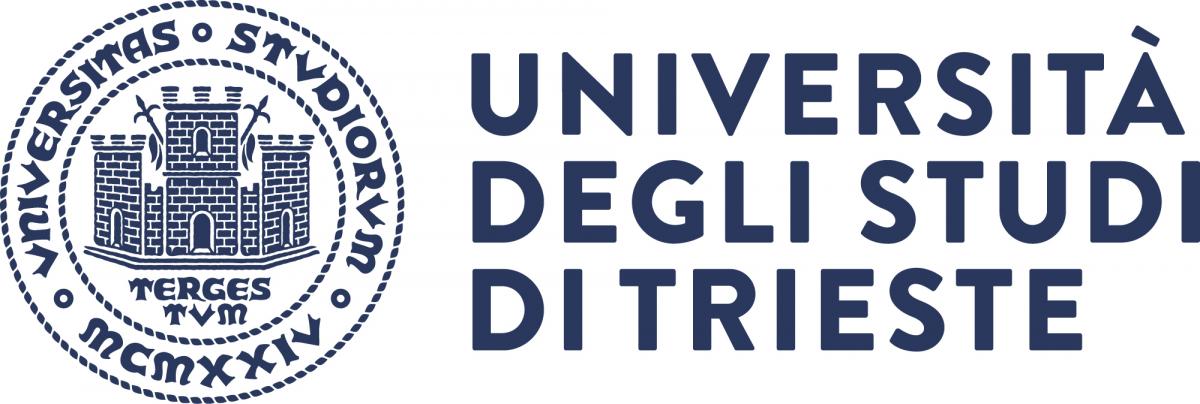Seminar: Water and Food Security in changing world
Doctorate Course
Earth Science Fluid Mechanics and Mathematics
Seminar Series 2018
“Water and Food Security in changing world”
Prof. Maria Cristina Rulli
Dept. of Civil and Environmental Engineering
Politecnico di Milano
Growing population and the associated increasing global demand for farmland products, energy and fibers is placing unprecedented pressure on soil, water resources and ecosystems. The UN population prospects shows 8.3 billion people in 2030 and the IEA outlook reports the 30% increase of the energy consumption.
Compared with the present, agricultural products demand is expected to increase up to 50%. Most of the human appropriation of freshwater resources is due to agricultural production (about 85% globally), while only a smaller fraction of water is used for household (≈5%) or industrial needs (≈10%).
Because all food production depends directly or indirectly on agriculture, overall feeding the humanity requires much more water than quenching its thirst. There is some concern that in the next few decades the finite freshwater resources available on Earth might not be sufficient to meet the increasing human demand for food, fibers, and biofuels. Is mankind about to face a severe water crisis?
At the end of the XVIII century Malthus (1798) noted that the rate of demographic growth tended to be faster than the increase in food supply, and argued that in the long run the humanity will not have enough resources to feed itself. Malthus’ analysis, however, did not account for our ability to dramatically increase our access to food through major technological advances. The modern and contemporary history has seen at least three major changes that have increased food production: (1) the industrial revolution in the early 1800s; (2) the green revolution (with river damming, fertilizers and new cultivars) in the fifties; and (3) the intensification of global trade, which allows some societies to rely on food imported from other countries and to virtually use water resources available abroad. The trade of food and other commodities is associated with a virtual transport of water from production to consumption regions. Virtual water trade is an effective mechanism to alleviate regional food and water scarcity by virtually redistributing water resources thereby allowing a number of countries to have access to the food they need.
However, demographic growth will eventually push the humanity against the “planetary boundaries” imposed by resource limitations. Even though there is no evidence of any recent demographic response to resource limitations, such boundaries ought to exist and natural resources should ultimately control the size of the global population. Signs of our proximity to these planetary boundaries were adverted during the 2008 food crisis, when food prices skyrocketed, some exporters banned food exports, trade-dependent countries panicked, and the number of undernourished people in the world exceeded 1 billion. The 2008 crisis and the episodes that followed in 2010-11 suggest that the increasing demand for water and food have eroded the societal resilience and increased food insecurity. A solution is urgently needed, particularly for importdependent countries. While in most cases the long term benefits of putting more land under the plow at the expenses of “natural ecosystems” are not justified by the associated increase in CO2 emissions and biodiversity losses, closing the yield gap (“distance” between potential and actual agricultural yields) in the existing cultivated land appears to be a more viable approach to food security. This requires investments in agriculture that many countries – particularly those with relatively large yield gaps – cannot afford.
Therefore, until recently some of the potential breadbaskets of the world (e.g., Ukraine, Sudan, Tanzania) have remained underutilized. In the last few years, prompted by the recent food crises and the escalating demand for freshwater resources worldwide, some of the import-dependent countries have started to invest in foreign agricultural land in regions where water availability, yield gaps, and the cost of land make the development of commercial farming a profitable activity.
This strategy is not free of consequences on environment and society bringing important questions on the state of present and future water resources. How much water are we using? What about the need of water in the next future? The virtual water trade can be considered a solution for feeding the humanity in the next future?
University of Trieste
Department of Mathematics and Geoscience
Building H2bis, III floor
Seminar Room - 334



